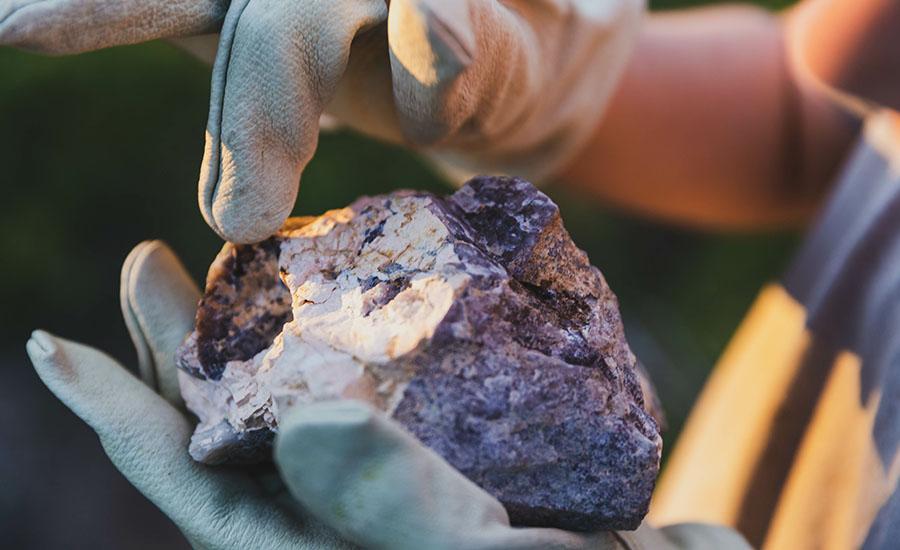
Growing Crystals Part 2: Actualizing the Formation of Crystalline Solid Blue, Green, Purple and Red Crystals Growing
by Maria Theresa Gonzaga
Growing Crystals Part 2 is a unique lesson that has an emphasis on the synthetic growing of crystals in the laboratory. This activity also focuses on investigating the process of how synthetic crystals form, allows you to predict the strongest force responsible for the formation of a given solid that determine crystals' physical properties and uses mathematics and computational thinking to explain how the amount of impurities are used in producing crystals.
Lesson Plan Link/URL
https://docs.google.com/presentation/d/1SS-_3R9DVTMnlS19EqN0i2w31kYpXkGL/edit?u…Subject Area
Science Physical Science P1: Matter Technology 3. Knowledge Constructor 4. Innovative Designer 5. Computational Thinker 6. Creative Communicator Engineering S1: Engineering & Global Society English Language Arts (ELA) Reading (Informational Text) Writing Speaking & Listening
Featured
Off
Related Content

Grades:
9th Grade, 10th Grade, 11th Grade, 12th Grade
In this lesson students evaluate the advantages and disadvantages of conventional, petroleum-based plastics, bioplastics, and their different varieties. The lesson is driven by class/group research

Grades:
8th Grade, 9th Grade, 10th Grade, 11th Grade, 12th Grade
GROWING CRYSTALS PART 1, A lesson that focuses on the different types of formation of crystalline solid, its properties and the attractive forces responsible to it during chemical bonding. It is

Grades:
9th Grade, 10th Grade, 11th Grade, 12th Grade
Using the Introduction to Hydroponics lab, introduce students to the features of the Hydroponic Systems. Students will explore the different types of grow mediums and grow lights used in the systems

